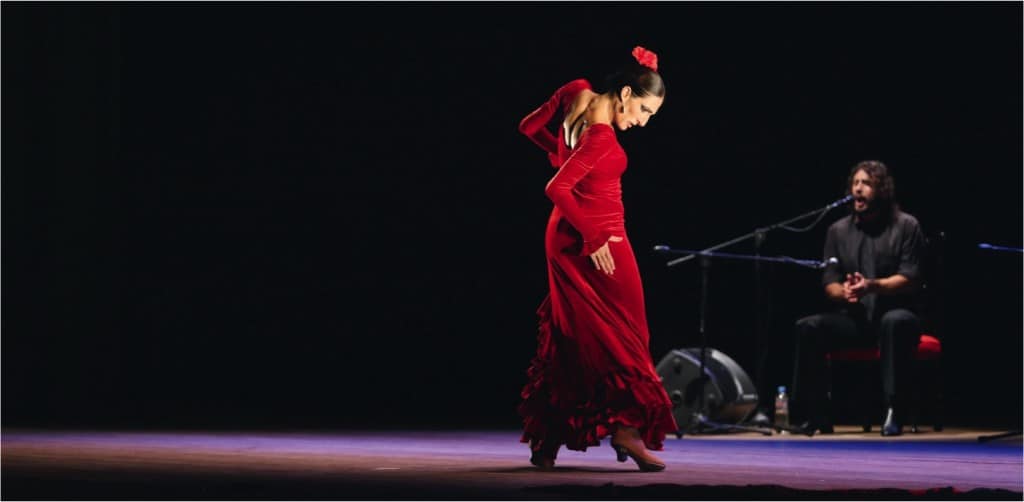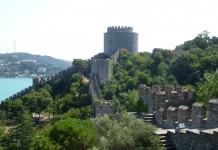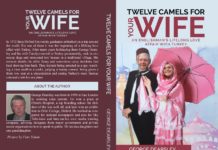
The TIM Maslak Show Center is a venue that offers myriad alternatives, from ballet to modern circus to music of various genres. And several times a year, it attracts my undivided attention with performances that have by now become regulars in its annual program: these include performances by internationally famed flamenco artists. It has kept up the tradition this year as well, and last week, Istanbul was treated to two evenings of Ursula Lopez, “the Queen of Flamenco” renowned for her “dances of fire.” Two consecutive sold out evenings of one of the best and most impressive that flamenco has to offer.
Lopez stepped on stage stage in a costume of white, a color that she transformed from the color of tranquility and calm to the color of passion, rhythm and life. The first segment of the program fused modern ballet with flamenco, and combined the appeal and talent from both worlds. The act also had theatrical movements: Ursula Lopez stood in the center of the stage, poised in coolness, calm and even restrained pain. The male dancer stepped forward, and they exchanged glances; the grim, serious aura of Lopez transformed into a dance of life, passion, and lust. “Olé!”s of energy and trance resounded in the auditorium, and the audience remained fixated on the figures on stage, daring not to glance away for even a second.
In another scene, four guitarists provided the musical background for a male dancer, while the mellow but sturdy sound of the cello accompanied two females a few minutes on. The cello synchronized with the beats of the drum, and the two couples engaged in a dance of vigor, elegance and sexual aura. In the next scene, Ursula stood on stage dressed in white. The male flamenco dancer stood behind her and unwrapped her dress in an embrace, leaving Lopez in only her undergarments. A female dancer walked in, presented Lopez with a dress of red and dance shoes presented with the most interesting of choreography. And, just as she had transformed white into the color of passion in the first scene, in this sequence, Lopez transformed red into the color of modesty and elegance.
The evening continued with different arrangements of cellos, guitars, and percussion, and varying numbers of dancers on stage. At times, the choreography added a touch of modern dance to the mix; at other times, it was hard core flamenco. It was an interesting blend of traditional flamenco, modern dance and, at times, oriental rhythm. Compassion, melancholy and elegance were the mood, as well as suffering transformed into vigor and energy.
The performance naturally led to an applause demanding an encore. And, the dancers responded with an improv show of about ten minutes. Ursula Lopez, with her trailing costume of white, and the entire group danced off the stage clapping their hands in rhythm, shouting “Olé!”s full of energy, and leaving behind an audience that wanted more.










